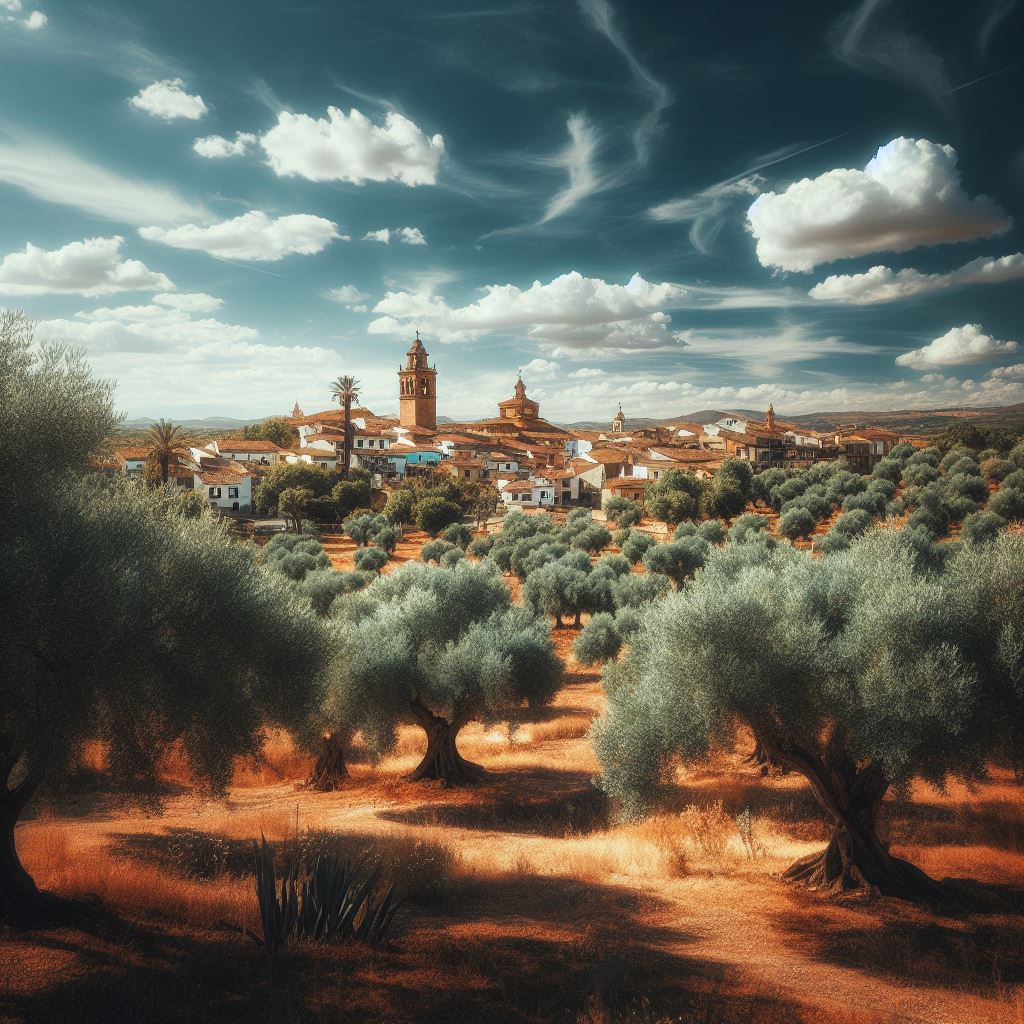Nestled in the picturesque landscapes of southern Spain, the Alpujarra and Lecrín Valley regions are steeped in a rich history, with olive harvesting standing as a testament to their cultural and agricultural heritage. This age-old tradition, deeply rooted in the soil and soul of these lands, continues to play a significant role in the local lifestyle and economy.
A Historical Perspective
The history of olive cultivation in the Alpujarra and Lecrín Valley can be traced back to the Roman era, but it was under the Moors’ rule that it truly flourished. The Moors, with their advanced agricultural techniques, transformed the rugged terrains into fertile groves. They introduced sophisticated irrigation systems, the acequias, which are still in use today, ensuring the olive trees received the care they needed to thrive in the arid climate.
The Olive Harvest: A Community Affair
Traditionally, the olive harvest in these regions has been a community affair, bringing together families and neighbors. The process, typically starting in late autumn and continuing through winter, involves hand-picking or using simple tools to gently coax the olives from the trees, a method that has remained largely unchanged for centuries. This labor-intensive process is not just about harvesting a crop; it’s a celebration of community, heritage, and a deep connection to the land.
The Significance of Olives
Olives are more than just a fruit in the Alpujarra and Lecrín Valley; they are a symbol of the region’s identity and resilience. Olive oil, often referred to as ‘liquid gold,’ is a staple in local cuisine, renowned for its quality and flavor. This oil is not just a culinary delight but also a major economic driver for the region. The groves also contribute to the stunning landscape, drawing tourists who seek to experience the rustic charm and natural beauty of these areas.
Modern Times, Ancient Methods
In modern times, while some advancements have been made in cultivation and processing, the essence of the olive harvest remains traditional. Many farmers still adhere to organic farming methods, shunning chemicals in favor of natural alternatives. This commitment to tradition ensures the continued production of high-quality olive oil, much sought after in both local and international markets.
Conclusion
The olive harvest in the Alpujarra and Lecrín Valley is a vibrant blend of history, culture, and community. It’s a tradition that has withstood the test of time, evolving yet holding true to its roots. Today, as in the past, the olive trees stand as silent witnesses to the enduring spirit of these regions, their branches heavy with fruit that symbolizes the richness of a land and its people.




